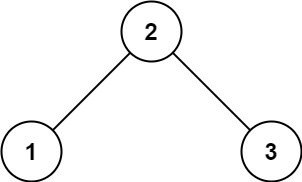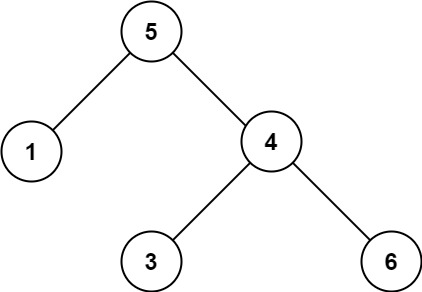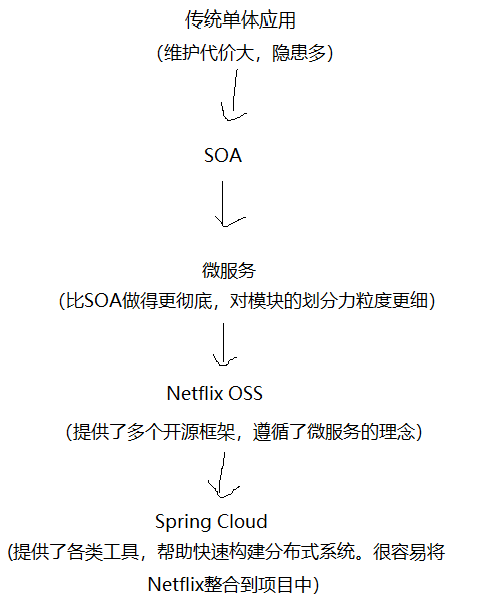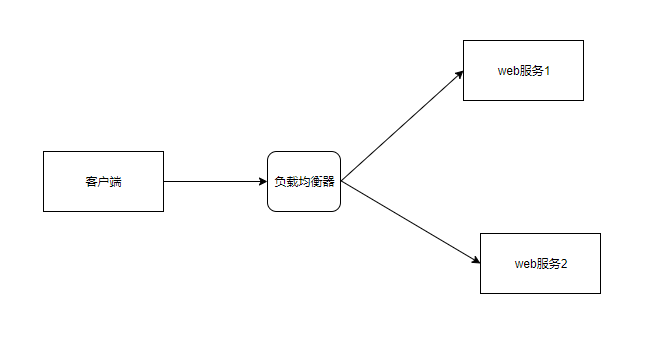LeetCode - Medium - 98. Validate Binary Search Tree
Topic
- Tree
- Recursion
- Depth-first Search
Description
https://leetcode.com/problems/validate-binary-search-tree/
Given the root of a binary tree, determine if it is a valid binary search tree (BST).
A valid BST is defined as follows:
- The left subtree of a node contains only nodes with keys less than the node’s key.
- The right subtree of a node contains only nodes with keys greater than the node’s key.
- Both the left and right subtrees must also be binary search trees.
Example 1:
Input: root = [2,1,3]Output: true
Example 2:
Input: root = [5,1,4,null,null,3,6]Output: falseExplanation: The root node's value is 5 but its right child's value is 4.
Constraints:
- The number of nodes in the tree is in the range [ 1 , 1 0 4 ] [1, 10^4] [1,104].
- − 2 31 < = N o d e . v a l < = 231 − 1 -2^{31} <= Node.val <= 2{31} - 1 −231<=Node.val<=231−1
Analysis
方法一:我写的,中序遍历模式递归版。
方法二:我写的,中序遍历模式迭代版。
方法三:别人写的,前序遍历模式递归版。
Submission
import java.util.LinkedList;import com.lun.util.BinaryTree.TreeNode;public class ValidateBinarySearchTree {//方法一:我写的,中序遍历模式递归版public boolean isValidBST(TreeNode root) {Integer[] prev = { null};boolean[] result = { true};isValidBST(root, prev, result);return result[0];}private void isValidBST(TreeNode node, Integer[] prev, boolean[] result) {if(node == null || !result[0]) return;isValidBST(node.left, prev, result);if(prev[0] != null && prev[0] >= node.val) {result[0] = false;return;}prev[0] = node.val;isValidBST(node.right, prev, result);}//方法二:我写的,中序遍历模式迭代版public boolean isValidBST2(TreeNode root) {LinkedList<TreeNode> stack = new LinkedList<>();TreeNode p = root;Integer prev = null;while(!stack.isEmpty() || p != null) {if(p != null) {stack.push(p);p = p.left;}else {TreeNode node = stack.pop();if(prev != null && prev >= node.val)return false;prev = node.val;p = node.right;}}return true;}//方法三:别人写的,前序遍历模式递归版public boolean isValidBST3(TreeNode root) {return isValidBST3(root, null, null);}private boolean isValidBST3(TreeNode root, Integer min, Integer max) {if(root == null) return true;if(min != null && root.val <= min) return false;if(max != null && root.val >= max) return false;return isValidBST3(root.left, min, root.val) && isValidBST3(root.right, root.val, max);}}
Test
import static org.junit.Assert.*;import org.junit.Test;import com.lun.util.BinaryTree;public class ValidateBinarySearchTreeTest {@Testpublic void test() {ValidateBinarySearchTree obj = new ValidateBinarySearchTree();assertTrue(obj.isValidBST(BinaryTree.integers2BinaryTree(2,1,3)));assertFalse(obj.isValidBST(BinaryTree.integers2BinaryTree(5,1,4,null,null,3,6)));assertFalse(obj.isValidBST(BinaryTree.integers2BinaryTree(5,4,6,null,null,3,7)));}@Testpublic void test2() {ValidateBinarySearchTree obj = new ValidateBinarySearchTree();assertTrue(obj.isValidBST2(BinaryTree.integers2BinaryTree(2,1,3)));assertFalse(obj.isValidBST2(BinaryTree.integers2BinaryTree(5,1,4,null,null,3,6)));assertFalse(obj.isValidBST2(BinaryTree.integers2BinaryTree(5,4,6,null,null,3,7)));}@Testpublic void test3() {ValidateBinarySearchTree obj = new ValidateBinarySearchTree();assertTrue(obj.isValidBST2(BinaryTree.integers2BinaryTree(2,1,3)));assertFalse(obj.isValidBST2(BinaryTree.integers2BinaryTree(5,1,4,null,null,3,6)));assertFalse(obj.isValidBST2(BinaryTree.integers2BinaryTree(5,4,6,null,null,3,7)));}}



































还没有评论,来说两句吧...